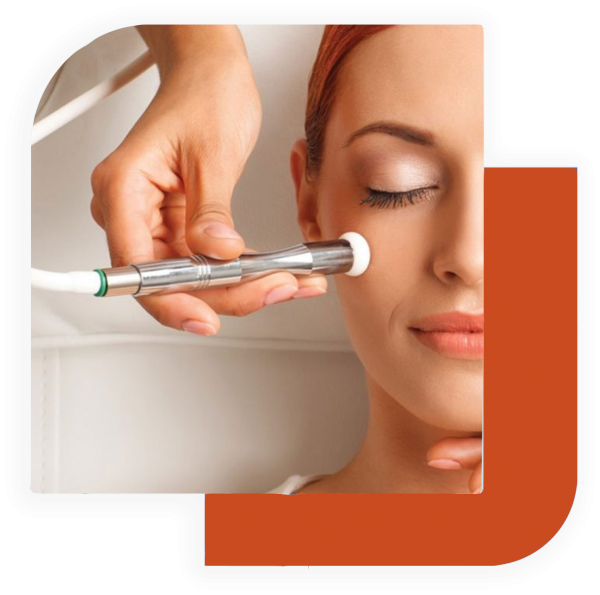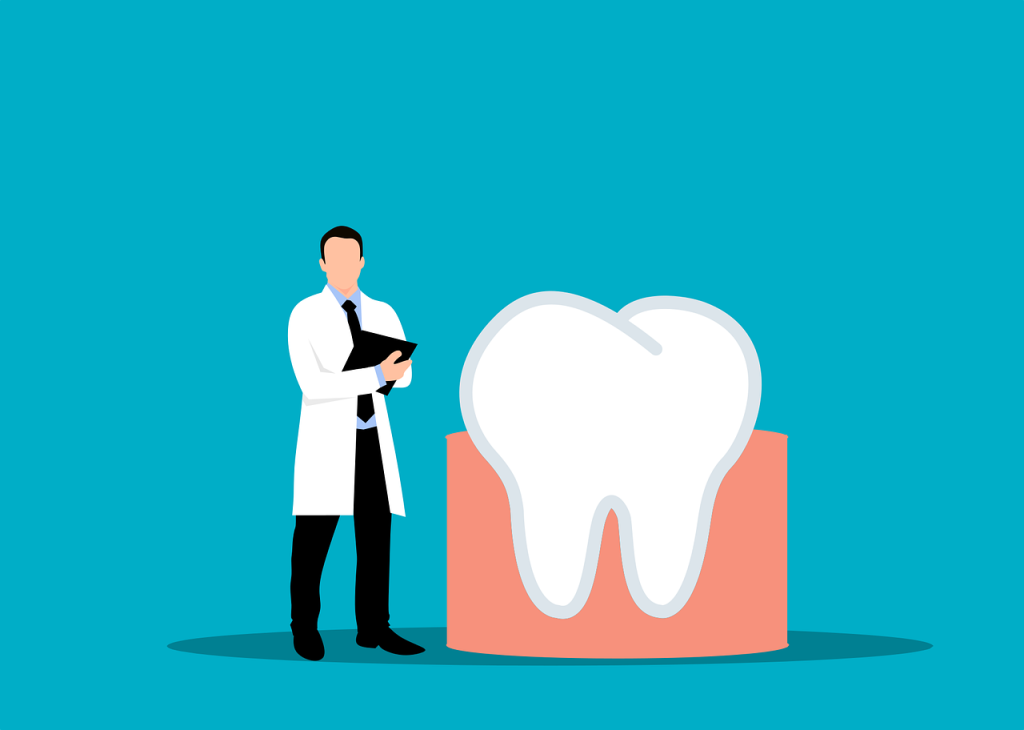Teeth are the hardest substance in your body and decay is a disease of the teeth. Decay can be caused by bacteria that produce acid, which breaks down tooth enamel (the hard surface of your teeth), leading to tooth decay or cavities. Tooth decay usually begins as white spots on the teeth. When these white spots become larger and/or darker, it means you’re at greater risk for tooth damage and even infection in some cases. Early treatment by an experienced dentist Edgecliff is essential in preventing dental problems and restoring healthy teeth and gums. The best way to avoid the early stages of tooth decay is by brushing regularly, flossing daily and eating less frequently throughout the day, so you don’t have food particles stuck between your teeth.

The following are some common signs of tooth decay, ranging from damage to strong tooth decay.
A slight discomfort or throbbing pain in your teeth/mouth is one of the top signs of tooth decay. The pain will be sharp when you’re eating something hot, cold, sweet or sour. When decaying continues, it can result in a constant bad taste in your mouth and cause bleeding gums that may lead to infection.
A dark spot on the surface of a tooth is one of the top signs of tooth decay. If you look closely at the dark spot with a magnifying glass, you may see tiny crevices caving inward – this means severe decay has begun to form around the edges of the enamel. It’s best not to ignore this sign because tooth decay can lead to a large hole in the tooth that may require expensive dental work to fix.
Infection of your teeth is one of the top signs of tooth decay. Your gums may swell and bleed, and you might have a fever and bad breath, among other symptoms. Ignoring an infection early on could lead to a severe dental condition, so it’s important not to wait until the infection gets worse.
Unusual sensitivity to hot or cold food or beverages is another one of the top signs of tooth decay. So if you notice that your favourite foods aren’t feeling as “good” anymore because they’re no longer comfortable, it’s time to visit the dentist. The best way to prevent further damage is to have tooth decay removed.
Brown or black stains inside your mouth are another sign of tooth decay, especially if you notice them on your tongue and/or gums. They may be caused by coffee, tea, cola and other dark-coloured drinks and foods that can stain your teeth over time. Talk to your dentist about whitening procedures for getting rid of the stain.
A change in how food tastes is another top sign of tooth decay. You may notice that saltier foods taste bland or sweeter foods that lack flavour. Decay changes the structure of your teeth’s enamel (the hard surface), and these changes often affect how we sense certain tastes. This could also mean that parts of your teeth are decaying and need to be removed by your dentist.
A change in how you bite or chew is an indicator of tooth decay. If you notice that your teeth are moving out of place, it may mean that decay has weakened your teeth. You might see some tenderness on the sides of your mouth if this is happening to you. Flossing and brushing can help keep food particles from getting stuck between your teeth the next time you eat, so it’s important not to ignore these signs!
A thin line going through a couple of teeth is a sign of severe tooth decay, which will only continue to worsen if ignored by taking good care of them at home. Unfortunately, severely decaying teeth can’t always be saved, so they may need to be pulled out or replaced with treatments like dental implants or bridges.
A white mark on the surface of your teeth is one of the early signs of tooth decay, which will only continue to worsen if ignored by taking good care of them at home. Unfortunately, severely decaying teeth can’t always be saved, so they may need to be pulled out or replaced with a dental implant or bridge.
Your gums will begin to recede as tooth decay worsens, revealing more of your tooth’s root underneath. This could mean that you’re at risk of losing some teeth if left untreated! Gum recession also increases your chances of developing nasty infections around the area because it becomes difficult for bacteria to exit your mouth. So it’s important not to ignore this sign and talk to your dentist.

